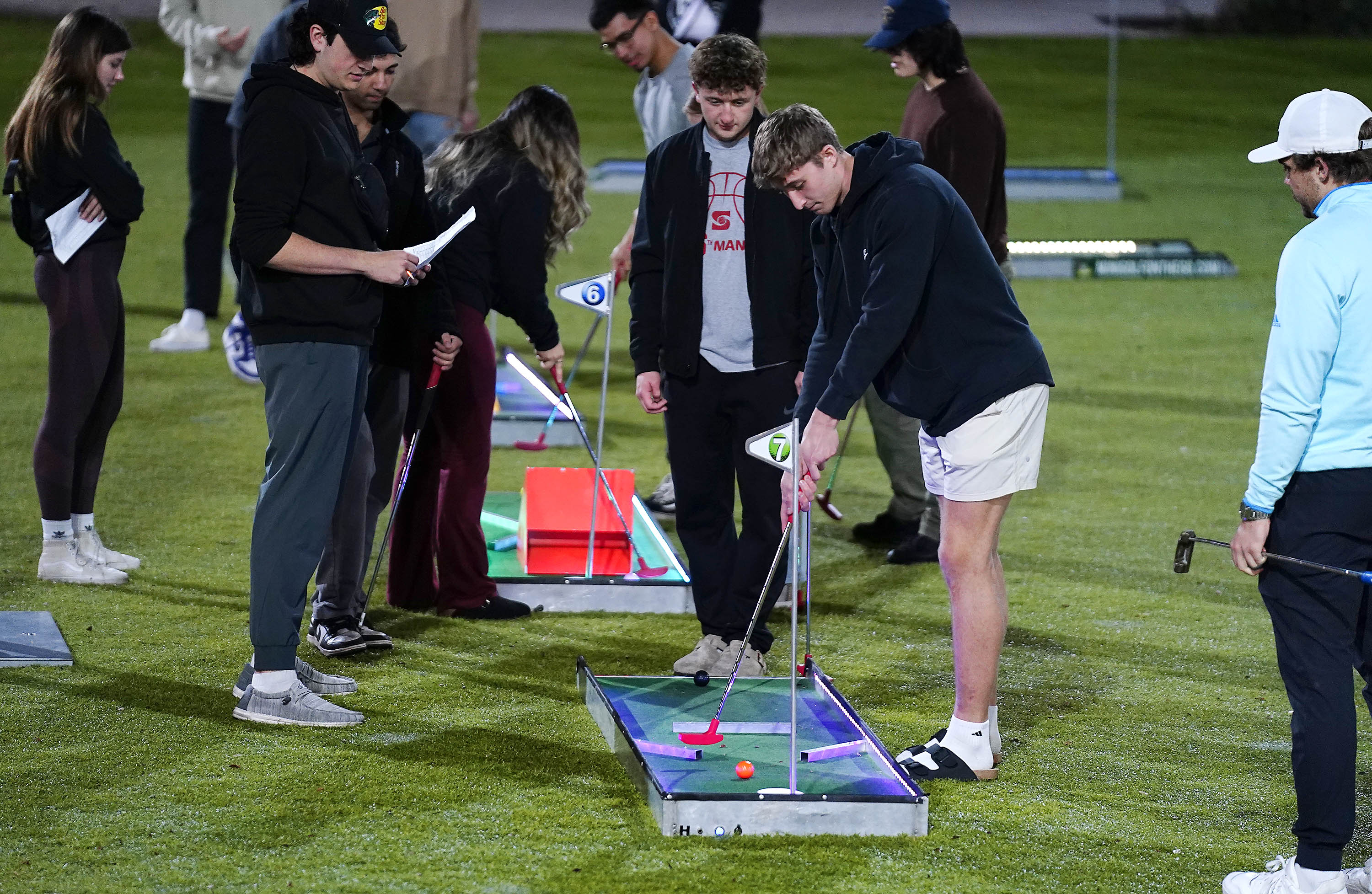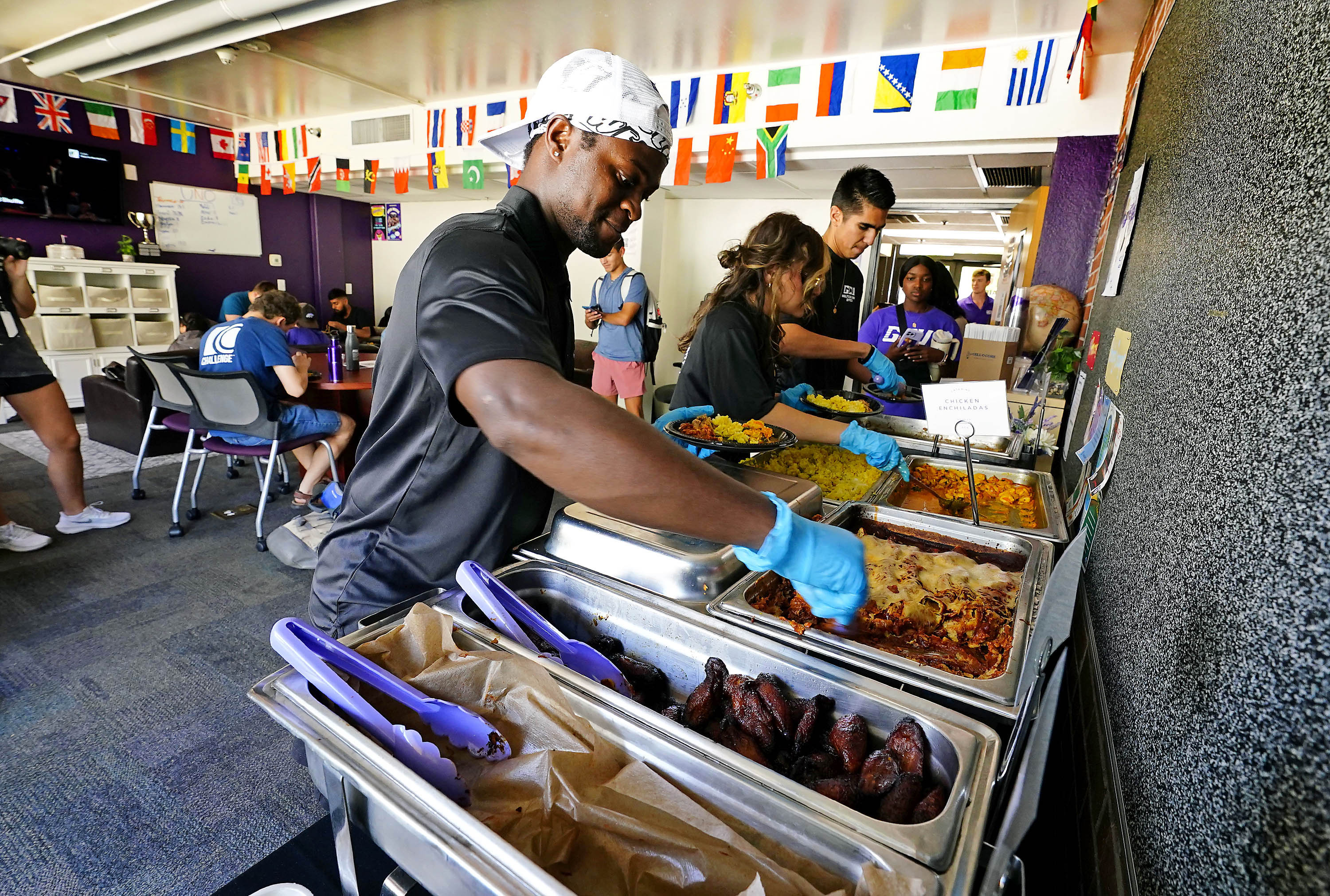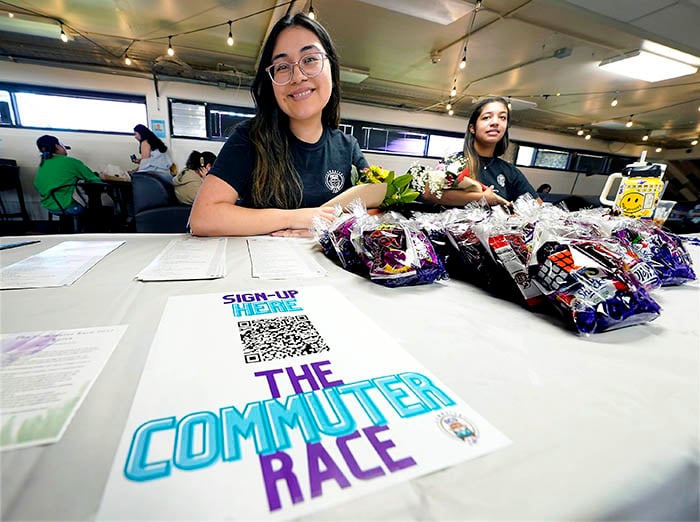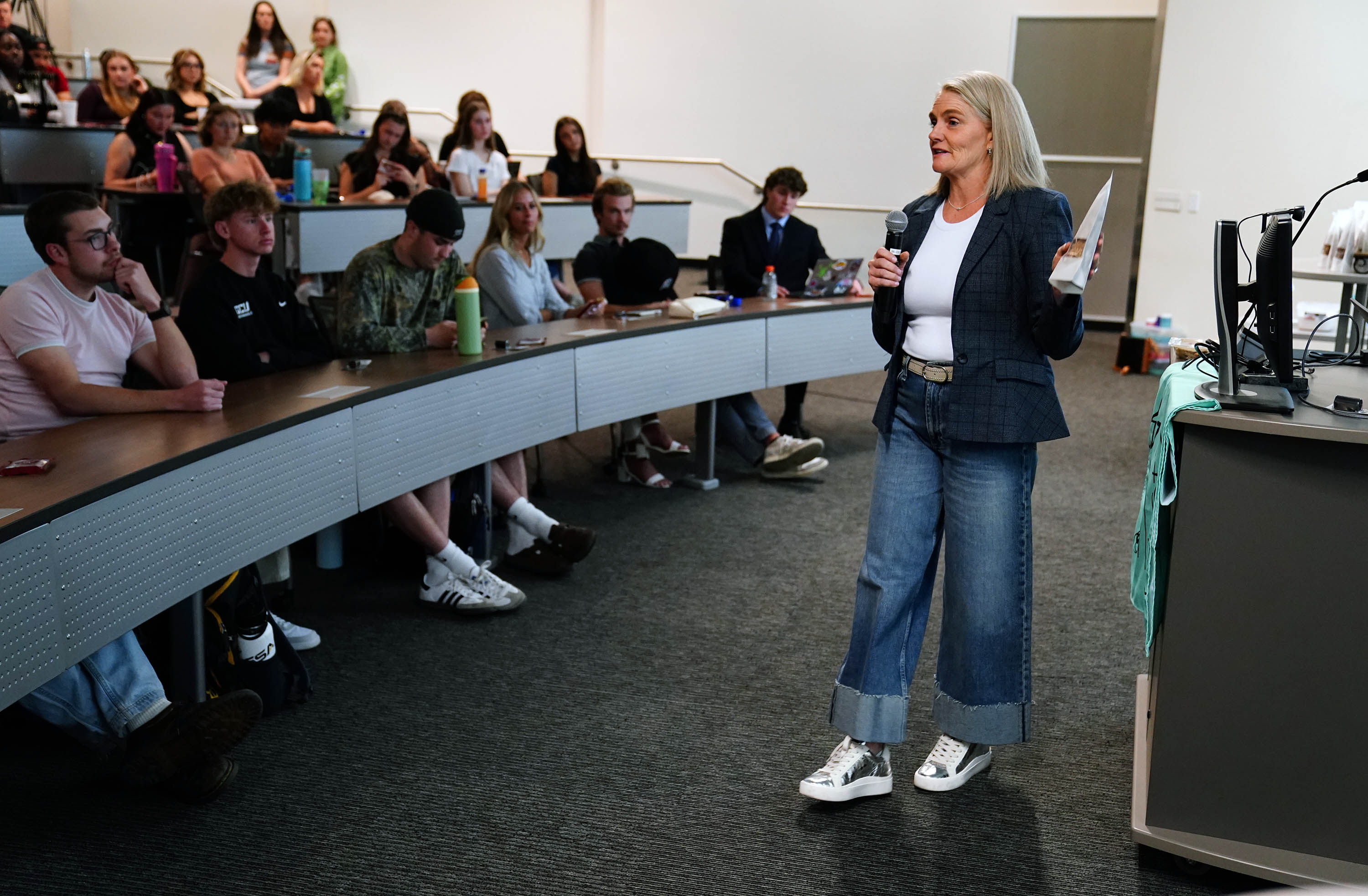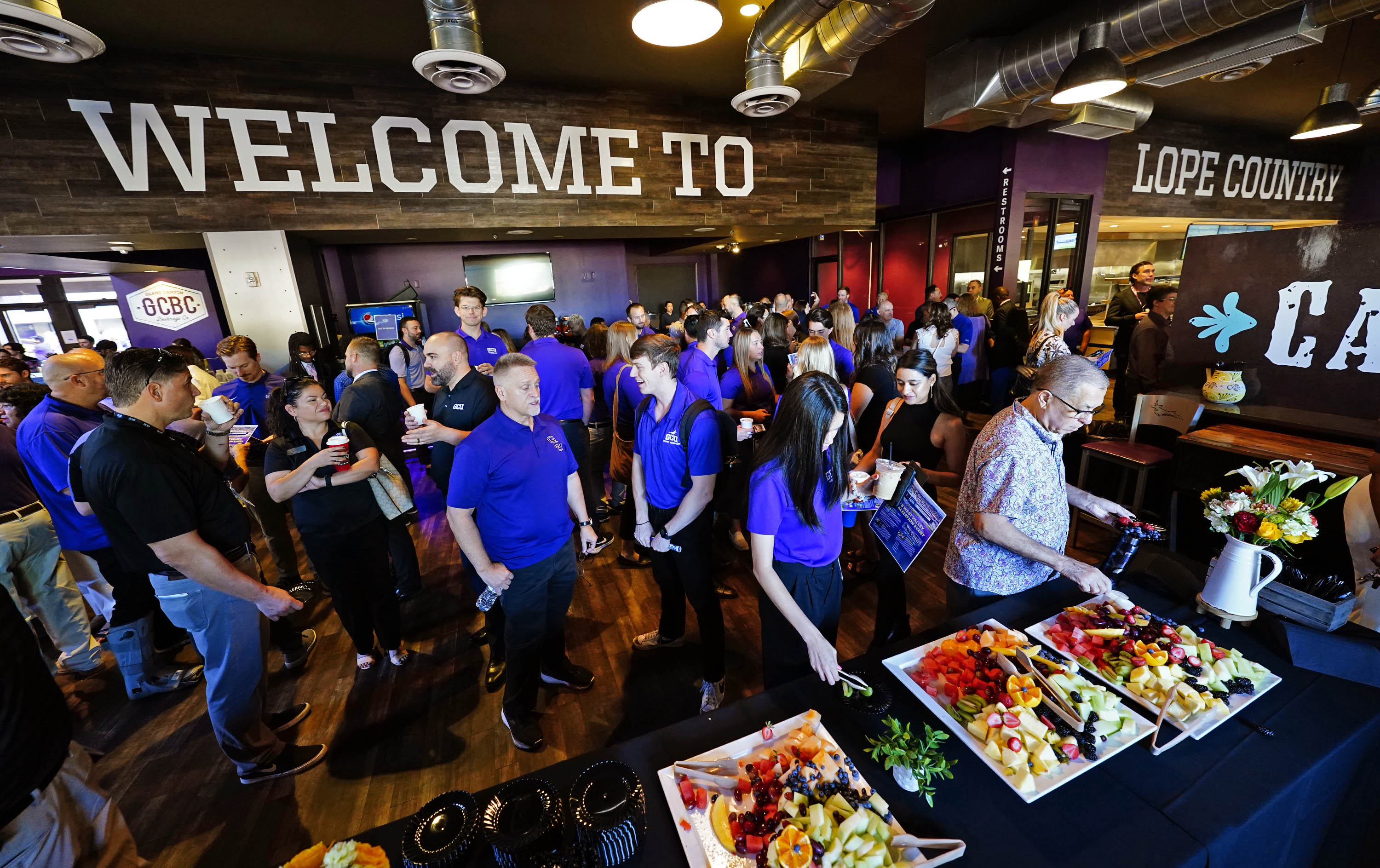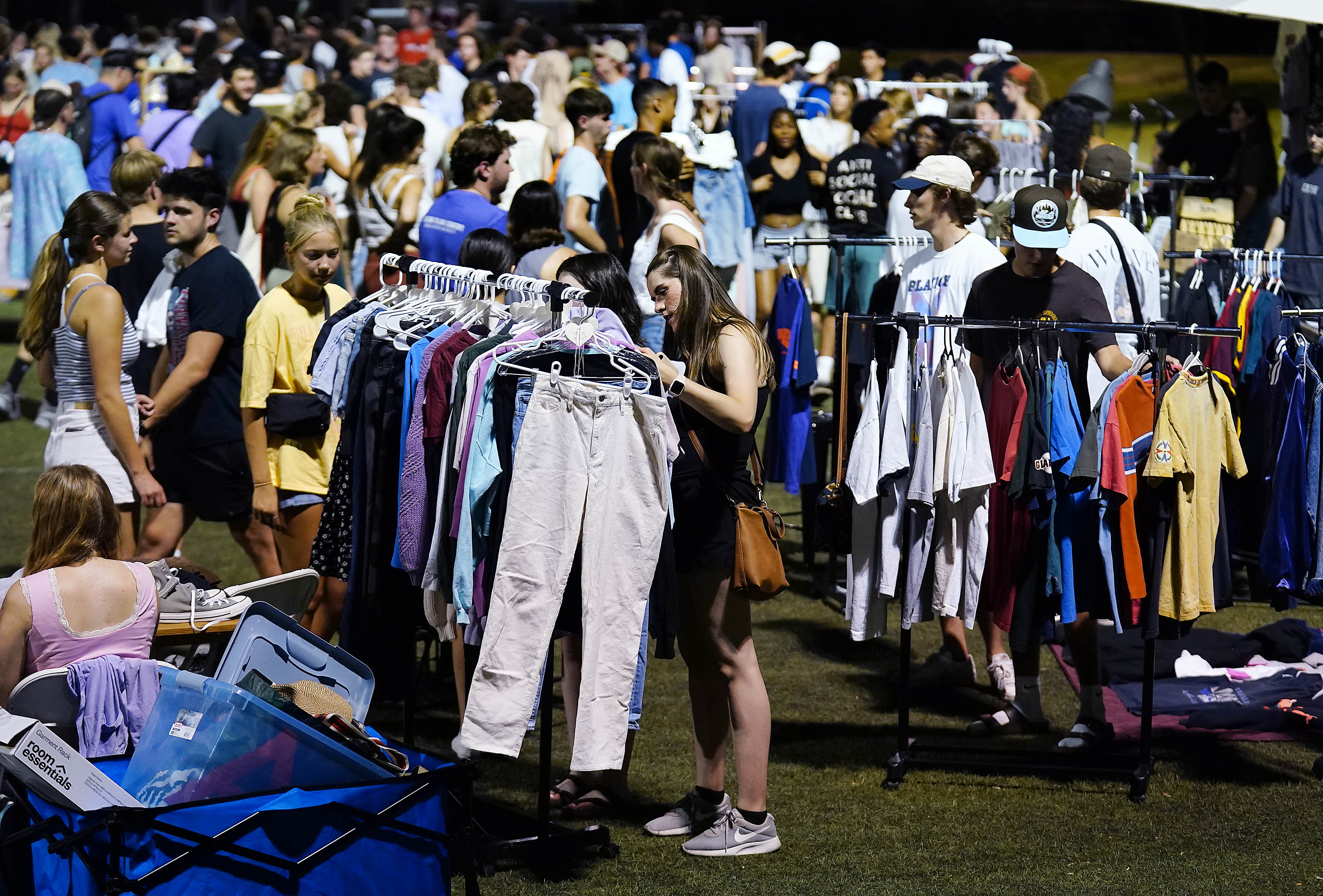
Editor’s note: This story is reprinted from the August 2017 issue of GCU Magazine. To view the digital version of the magazine, click here.
By Laurie Merrill
GCU Magazine
Third-year engineering students returning to Grand Canyon University this fall will be greeted by a host of gleaming new laboratories loaded with cutting-edge equipment.
They also will be offered innovative, hands-on curriculum designed exclusively for them by College of Science, Engineering and Technology (CSET) faculty and staff, plus a host of new engineering programs.
“These are very unique labs,” said Dr. Michael Sheller, the CSET associate dean in charge of engineering. “You don’t often see equipment like this at the undergraduate level.”
Every year since GCU’s engineering program kicked off in 2014, Sheller’s team has expanded the curriculum and developed course and lab work to accommodate the surging number of electrical, mechanical and biomedical engineering students.
This year is one of the busiest for the thriving program. GCU welcomes more than double the number of engineering students from last year. It is putting the finishing touches on six new labs for this fall and preparing six more for the spring.
Students also can choose two new engineering programs, a B.S. in Engineering and B.S. in Engineering with an Emphasis in Robotics, and two new engineering technology programs: Electrical Engineering Technology and Mechanical Engineering Technology.
The expanding engineering program is integral to GCU’s goal to be an Arizona center for science, technology, engineering and math (STEM) and a University that works with industry to create curriculum and prepare graduates to fill the ongoing void in STEM jobs.
Traditional engineering classes consist largely of professors talking … and talking … with separate time set aside for experiments.
In the curriculum Sheller and his team have developed, students engage in more hands-on activities throughout class.
During the first five minutes of a class, a professor will introduce a concept. Then during the next 10-15 minutes, students will apply it in a “mini-lab.” This is repeated throughout the class, Sheller said.
“You can think of it as a lab interspersed with a lecture,” Sheller said.
The new electrical, mechanical and biomedical labs were completed over the summer in the one-year-old, 170,000-square-foot engineering building.

They will allow students to apply a broad range of engineering principles to materials using state-of-the art equipment. For example:
- Over the summer, a group of student workers conducted an experiment with the Reynolds Apparatus in the new transport phenomena lab. Named after Osborne Reynolds, the device allows students to observe “laminar (smooth), transitional and turbulent pipe flow.”
Students inject dye into water flowing in a pipe and gradually increase the flow rate to test the change in water behavior. Such information is relevant when experimenting with projects that involve liquid moving through pipes.
“You want to control how things move and how fast,” said Ben Encinas, engineering lab coordinator. “You want to understand the velocity. If I want to put new air conditioning units in a building, I need to know the size of the ducts and size of the fans. I’m converting electrical into energy to move air in a building. Studying how things flow tells me how to harness the energy.”
- In a new biomaterials lab, students can use equipment such as torsion and biomaterials testers to assess medical devices.
“For example, if you pull a ligament, what happens?” Sheller said. “What happens to it if you pull it all day long? If you are designing a prosthetic, you can program a tester to pull it and twist it all day. Does it change shape? At what point?”
- Students can make electronic chips in a new electronic materials lab, which contains equipment such as a scanning electron microscope, atomic force microscope, circuit equipment and photolithography equipment.
The scanning electron microscope “focuses a stream of electrons at what you are looking at” and allows students to look at things one-millionth of a meter in size, such as shadows of molecules and small parts of electronic devices, said Donald Ellis, associate professor of electrical engineering.
Photolithographic equipment aids in making electronic chips from silicon by etching patterns on silicon wafers.
“These programs have been rigorously designed and structured to prepare our students for industry,” Sheller said. “It’s not enough to teach these students about engineering. We are teaching them how to be engineers by having them use software and hardware they will encounter on the job. By the time they graduate, they will be industry ready.”
More bells and whistles
● LARGEST: A two-ton, six-foot tall large materials tester that has its own room and is used to study the properties of materials under force. For example, if you are building a new car, the device can help determine under what conditions the metals will bend.
● LOUDEST: A new jet engine motor in one of the thermodynamics labs that allows students to determine the properties of heat and study how the exchange of heat creates power.
● COOLEST: A refrigeration system that allows users to cool materials by removing heat.
Contact Laurie Merrill at (602) 639-6511 or [email protected].







